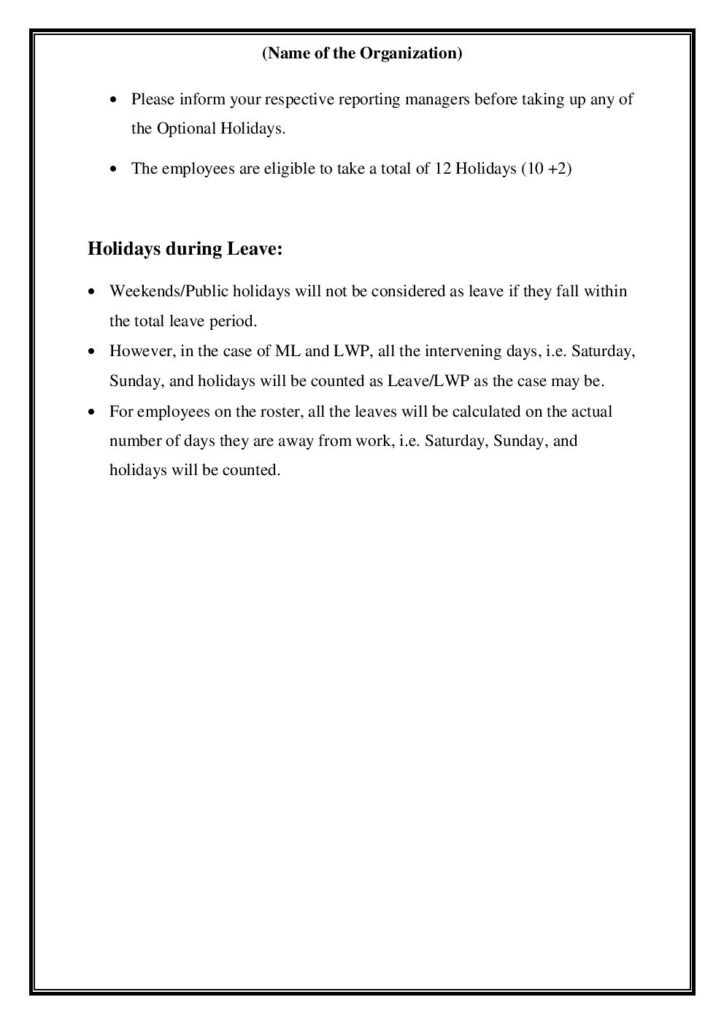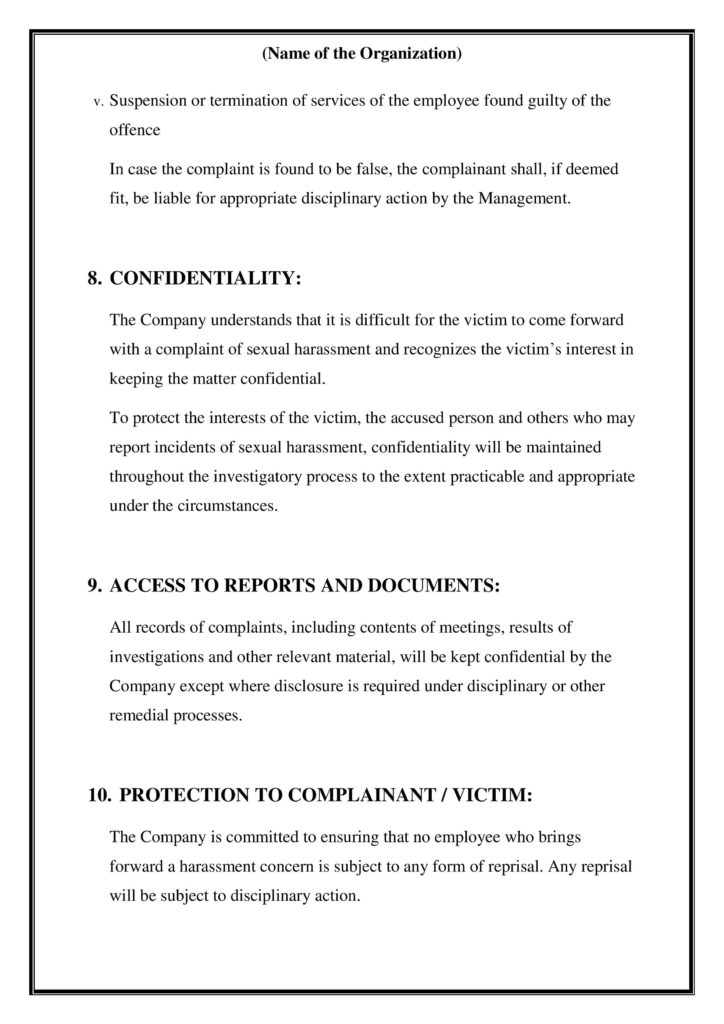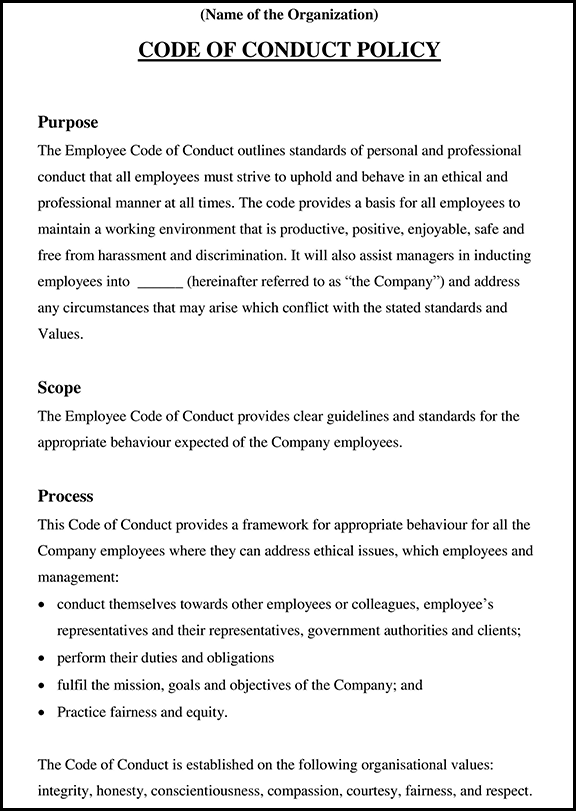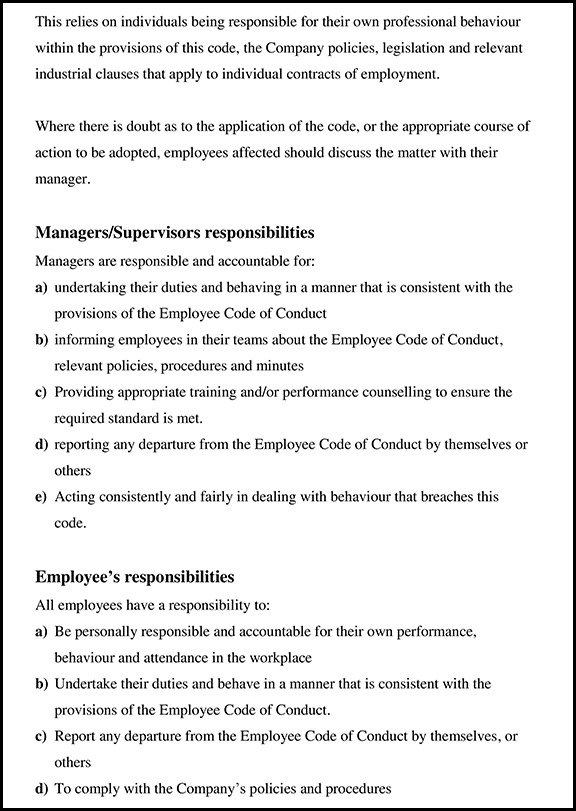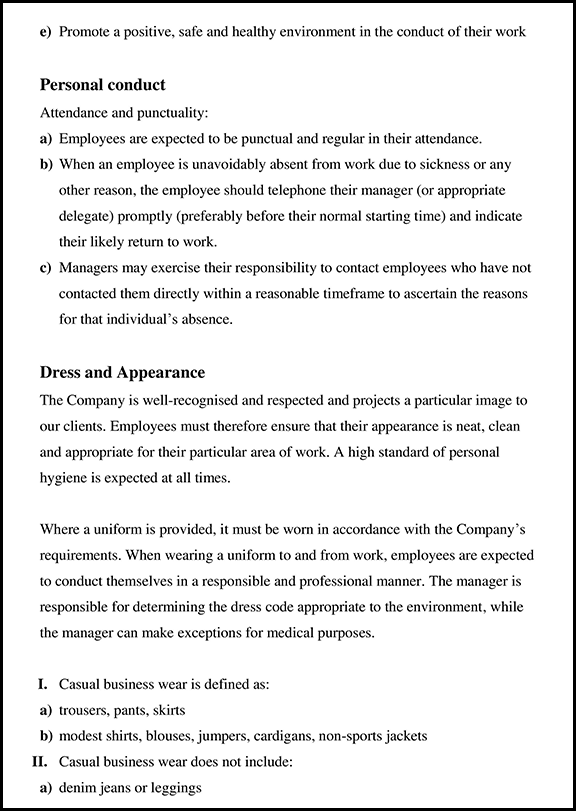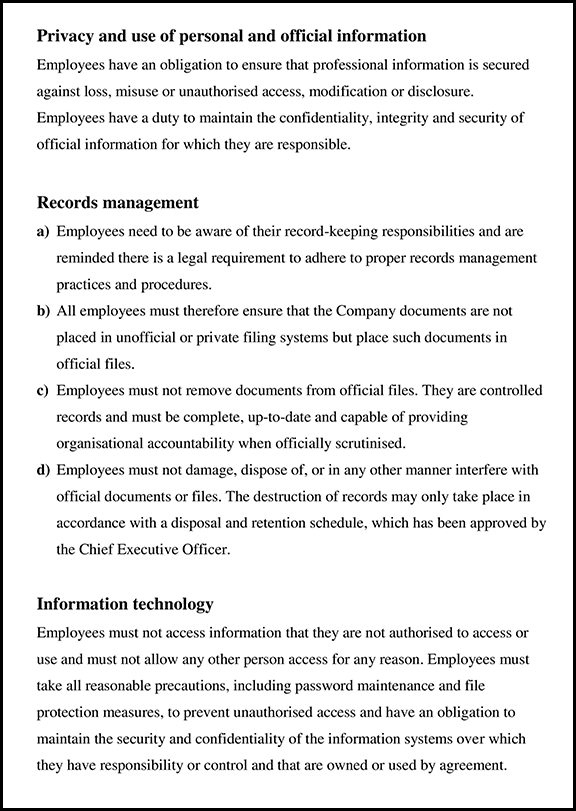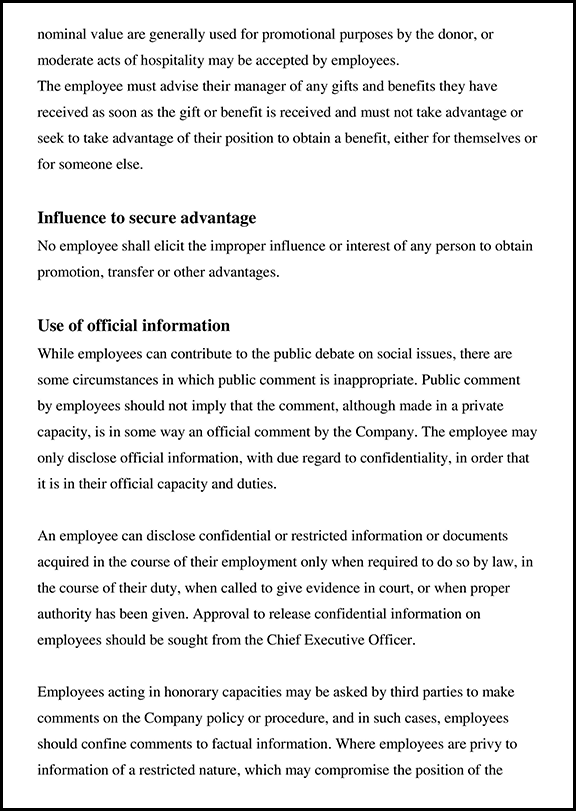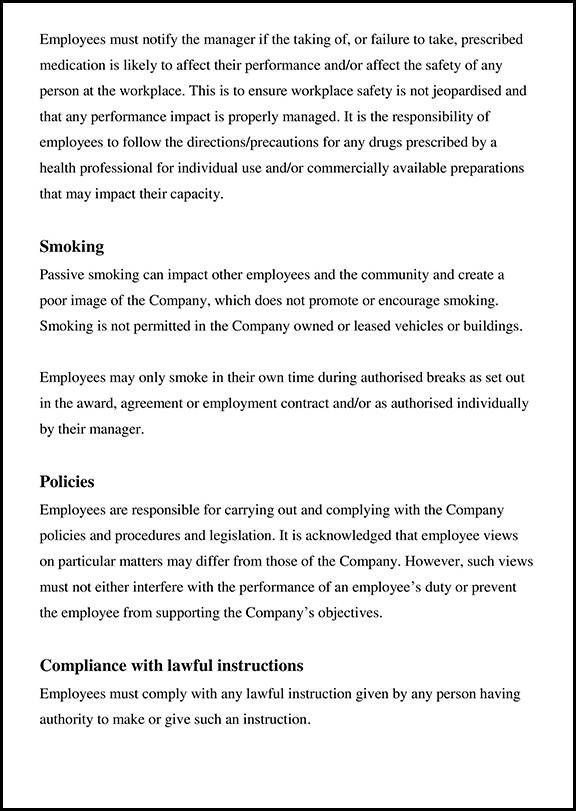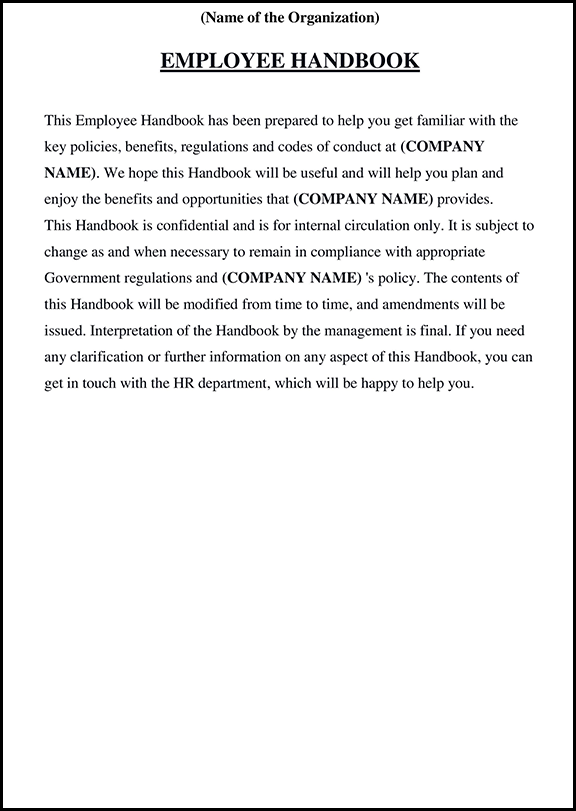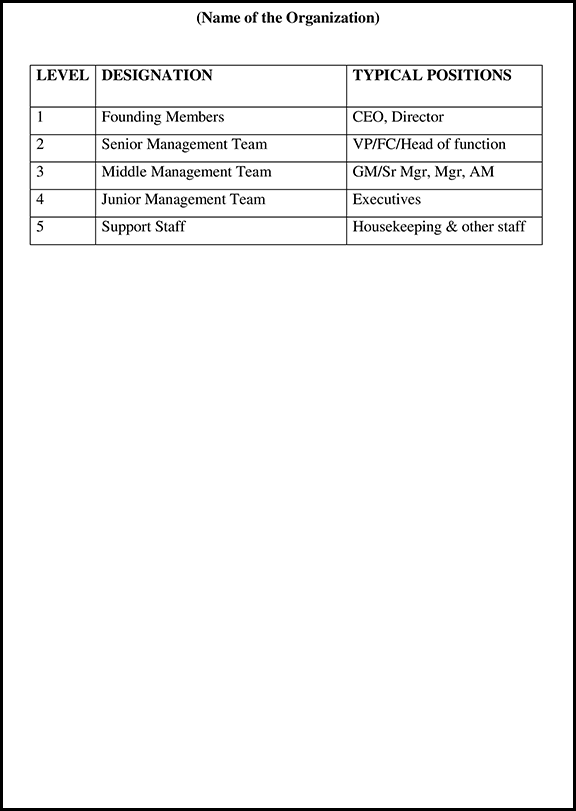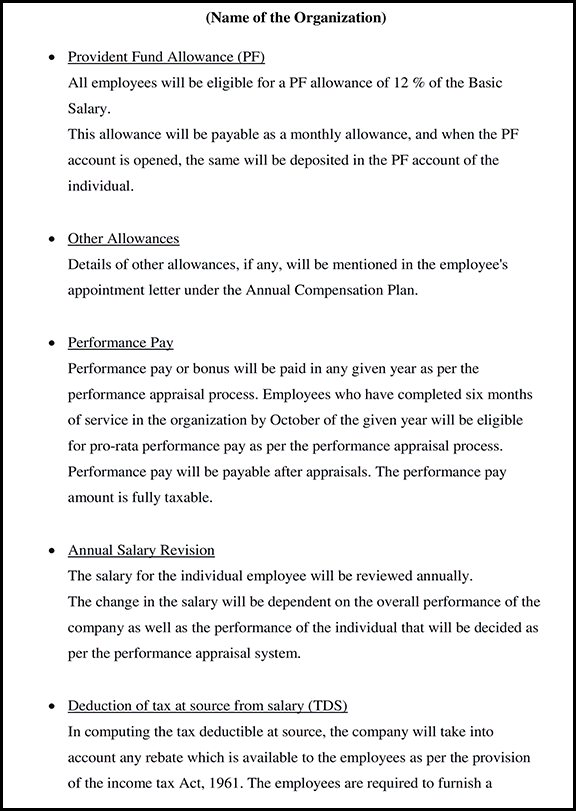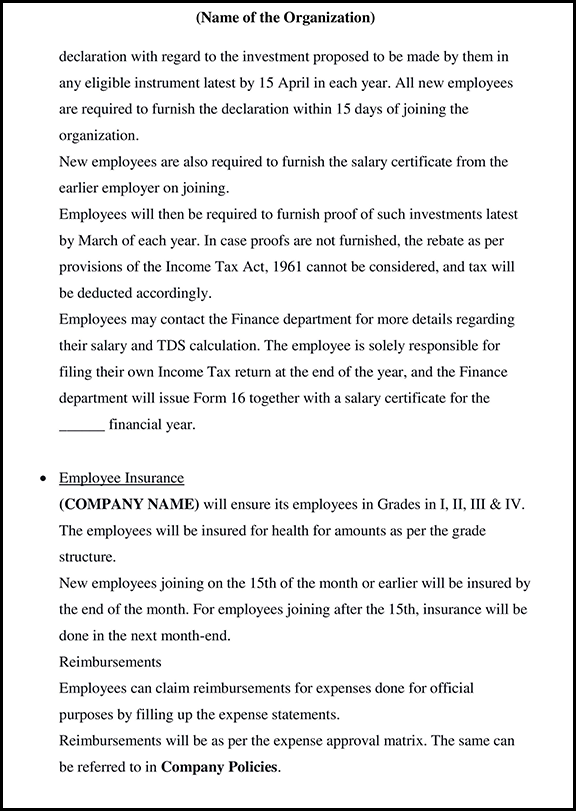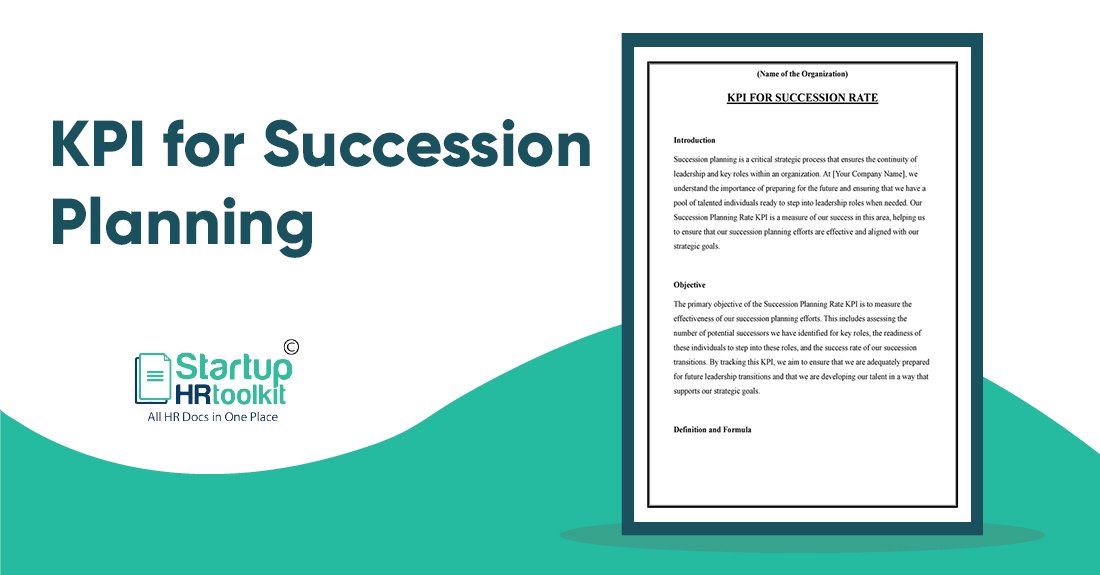
KPI for Succession Planning
KPI for Succession Planning
What is KPI for Succession Planning?
KPI for succession planning refers to the measurable values that help organizations track and analyze the effectiveness and efficiency of their succession planning strategies. These indicators help ensure that the succession planning process aligns with the organizational objectives and contributes to creating and retaining leaders in the company.
Importance of KPIs in Succession Planning
1. Ensuring Organizational Continuity
Ensuring Organizational Continuity is a primary goal of succession planning. KPI for Succession Planning plays a prime role by observing the willingness and availability of possible successors for critical roles. When leadership positions become vacant due to retirements, resignations, or unforeseen circumstances, it’s essential for the organization’s strength and stability that these roles are quickly and effectively filled.
KPI for Succession Planning assists in following the development and readiness of potential successors, facilitating a smooth transition, and preserving operations, strategy, and corporate culture as a result.
2. Talent Development
Talent Development is at the center point of succession planning. KPIs in this area concentrate on potential successors’ growth, training and development. KPIs to track indicators like training completion rates, skill development, and leadership development progress, it is possible to ensure potential employees are developed and equipped for new jobs.
It offers a pool of ready talent for vital and important positions. It helps in employee retention, as individuals often value and stay loyal to organizations that support and invest in their growth and career progression.
3. Enhancing Decision-Making
KPIs play a pivotal role in Enhancing Decision-Making within the succession planning process. By providing quantifiable data on various aspects of the process, KPIs offer insights that can guide strategic decisions. Data on the efficiency of training initiatives, the suitability of prospective successors, or the variety of the talent pool, for instance, might guide choices on resource allocation, program alterations, or areas of emphasis.
This data-driven process guarantees that decisions are not based on instinct alone but are backed by substantial evidence, conducting more adequate and strategic succession planning.
4. Legal Compliance Adherence
In the domain and empire of succession planning, Legal Compliance Adherence is crucial. KPIs help ensure the succession planning process meets all relevant legal and regulatory standards.
It ensures fairness in specifying and creating successors, adhering to diversity and inclusion standards, and bypassing discrimination. By closely monitoring these KPIs, businesses may avoid potential legal snares and ensure that their succession planning procedure complies with all legal obligations.
5. Financial Stability
Financial Stability is a broader organizational goal that is impacted by succession planning. KPIs in this area concentrate on the financial elements of the succession planning process. It comprises observing the costs associated with training and development, the potential costs of not having ready successors for key roles (e.g., lost revenue, external hiring costs), and the return on investment from development initiatives.
KPIs assist businesses in retaining financial stability while successfully preparing for upcoming leadership requirements by ensuring the succession planning process is fiscally apt.
Core KPIs in Succession Planning
1. Data Collection
Discussing data collection about KPIs for succession planning involves proper and systematic gathering, analyzing, and organizing data related to employee performance, leadership capabilities, development progress, and skill set. Collecting data efficiently ensures that the succession planning process is evidence-based and objective. It involves utilizing various data sources such as performance appraisals, feedback, and development assessments to determine and assess possible successors, ensuring that decisions and evaluations are grounded in dependable and appropriate data.
2. Target Setting
Target Setting pertains to establishing clear, measurable, and achievable objectives for the succession planning process. It entails setting concrete goals for the successor’s identification, advancement, and transition. For example, to ensure an adequate and qualified talent pool for critical roles, objectives may be set for KPIs like “Successor Readiness” or “Talent Pool Ratio”. Target setting is crucial for providing direction and purpose to the succession planning process, ensuring it is aligned with organizational objectives, and measuring its effectiveness and efficiency.
3. Reporting Frequency
Analyzed, monitored, and reported KPIs for succession planning come under the reporting frequency. It can be on a monthly, quarterly or yearly basis. It depends on the organizational context and specific KPI. Regular reporting ensures that stakeholders, including leadership and HR professionals, are consistently informed about the status and progress of the succession planning process. It allows timely decision-making and prompt interventions if the process is not aligned with the set targets, ensuring that the succession planning remains on track and achieves its intended outcomes.
4. Responsibility
In the context of KPIs for succession planning, responsibility entails defining and allocating accountability for the various stages of the process. It involves deciding who is in charge of selecting successors, overseeing their professional growth, keeping track of KPIs, and carrying out the succession plan. Clearly specified duties ensure the succession planning process is coordinated, systematic, and effective. It provides ownership of the process, enhancing responsibility and promoting the effective implementation and management of the succession planning strategy.
5. Review and Action
Review and Action involve regularly assessing the effectiveness and relevance of the KPIs in the succession planning process and enforcing necessary adjustments. It could include analyzing the data derived from the KPIs, determining whether the succession planning process is attaining its goals, and identifying areas for improvement. This review may lead to implementing steps like altering development programs, re-evaluating prospective successors, or revising goals. Regular evaluations ensure the succession planning process is pertinent and continually adjusts to the organization’s changing needs and circumstances.
6. Skill Gap Analysis
Skill Gap Analysis as a Key Performance Indicator (KPI) in succession planning involves identifying and evaluating the disparity between the identified successors’ current skills, knowledge, and abilities and the skills required for the future roles they are to fill. This analysis is crucial to ensure that the development plans and initiatives are targeted and effective in preparing the successors for their prospective roles.
7. Leadership Gap Coverage
Leadership Gap Coverage as a KPI focuses on evaluating the organization’s readiness to fill critical leadership roles as and when they become empty. Reducing the risk and impact of leadership gaps entails ensuring that replacements for essential leadership roles have been identified and prepared.
How To Use?
Fill In The Blanks
 Customize Template
Customize Template
 Save, Print, Done.
Save, Print, Done.

Download StartupHR Toolkit Instantly & Access Largest Collection HR Documents.
The only Toolkit to solve all your HR problems in minutes.
Legally compliant and govt approved HR documents.
24×7 customer support over chat & calls (during daytime).
FREE HR audit.
Up to date documents as per the latest Statutory Law.
3 FREE customized documents with Gold Plan.
Expert HR guidance.
Join a Community of 1,00,000+ HR Professionals
Recent Post

Employee Non Disclosure Agreement Format
All organizations have specific information and processes that they want to keep confidential as they are too sensitive. To ensure that they remain a secret, employers make their employees sign an Employee Non Disclosure Agreement format.
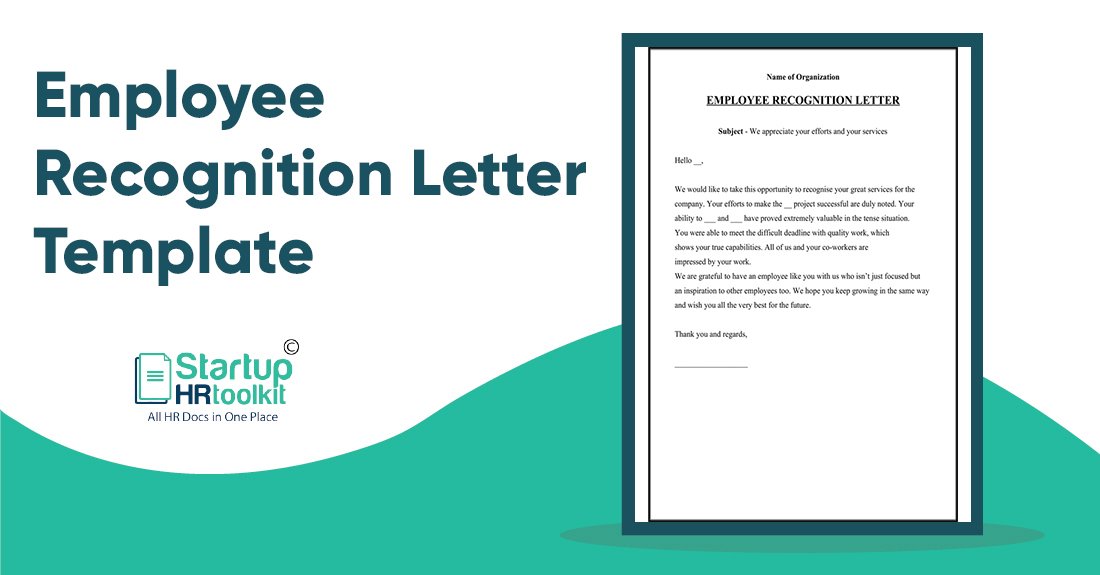
Employee Recognition Letter
An employee recognition letter is a means for employers to thank and appreciate employees for all their hard work and dedication. This letter aims to show and appreciate them for putting in a lot of effort in their job. It motivates them to work harder and achieve all their targets.

Relieving Letter After Resignation
A relieving letter sample is provided to employees when they leave an organization. The Letter states that the employee left their previous employment after a full and final settlement and now join a new organization.
















